What does King Charles do and who else is in the Royal Family?
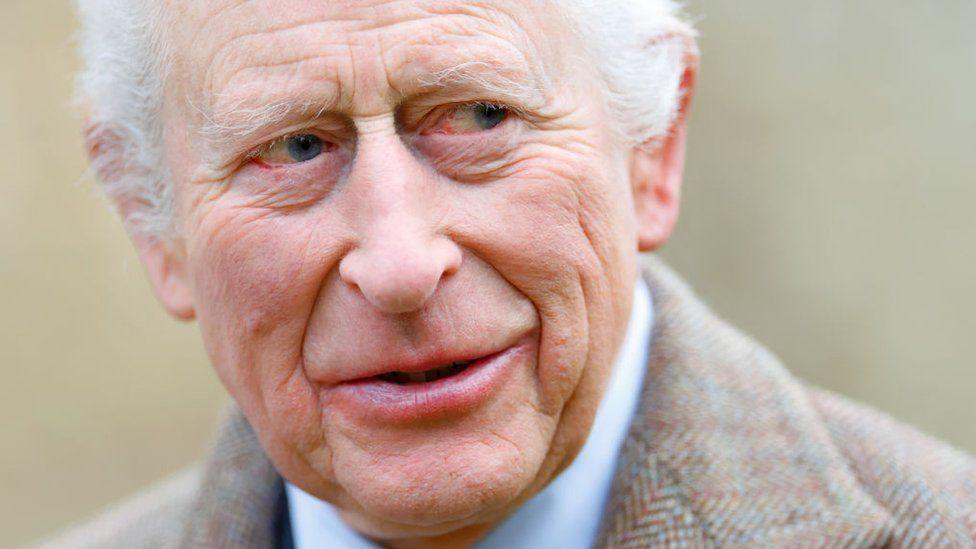
- Published
King Charles III is the UK head of state and head of the Commonwealth.
His powers are largely symbolic and ceremonial, and he remains politically neutral.
In October, the King said he would remove all titles and honours belonging to his brother Andrew, over long-standing concerns about his links to the paedophile financier Jeffrey Epstein.
What does the King do?
As head of state, the King receives daily dispatches from the government in a red leather box, including briefings ahead of important meetings and documents which require his signature.
The prime minister normally meets the King on a Wednesday at Buckingham Palace.
These meetings are completely private and no official records are kept of what is said.
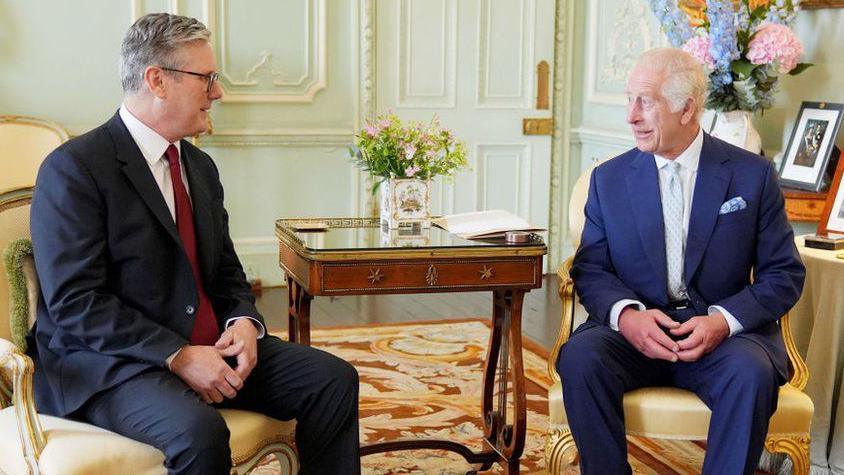
Sir Keir Starmer is the third UK prime minister of King Charles' reign
The King has a number of official parliamentary roles:
Appointing a government: The leader of the party that wins a general election is usually called to Buckingham Palace and invited to form a government. The King also formally dissolves Parliament before a general election
State Opening and the King's Speech: The King sets out the government's plans in a speech delivered from the throne in the House of Lords
Royal Assent: When a piece of legislation is passed through Parliament, it must be formally approved by the King in order to become law. Royal Assent was last refused in 1708
He leads the annual Remembrance event in November at the Cenotaph in London.
The King is head of the Commonwealth, external, an association of 56 independent countries with a population of 2.7 billion people.
He serves as head of state for 14 of these, known as the Commonwealth realms, external, including Australia, Canada, Jamaica and New Zealand. He holds the same position for the Crown dependencies, external - the Channel Islands and the Isle of Man.
As well as hosting visiting heads of state such as US President Donald Trump, the King regularly meets foreign ambassadors and high commissioners, and carries out foreign visits.
In October, Charles became the first head of the Church of England to pray publicly with the Pope, nearly 500 years after King Henry VIII split from Rome.
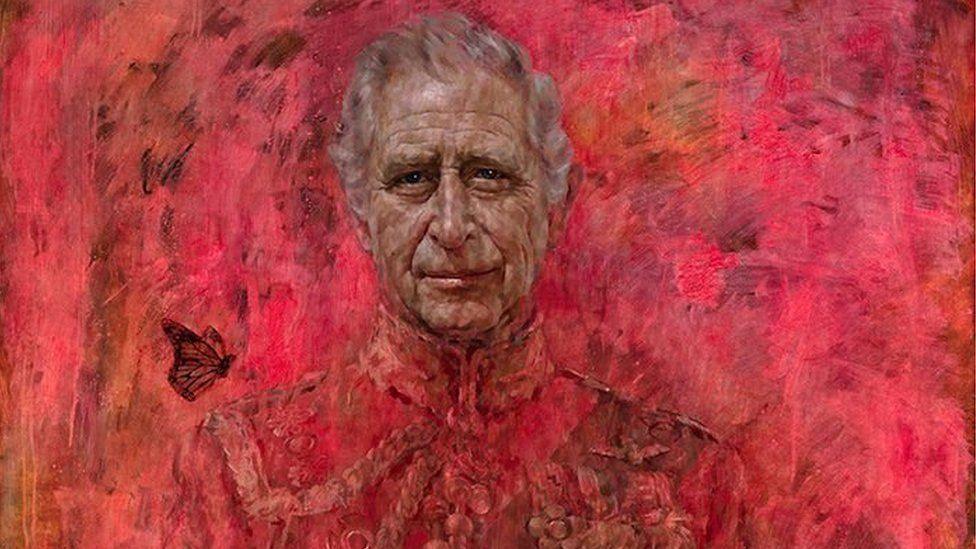
Artist Jonathan Yeo painted the first official portrait of King Charles III, and said the butterfly represented his commitment to environmental causes
The King confers official honours on people from all walks of life, in recognition of their merit, service or bravery. Most honours are awarded at new year and on the monarch's official birthday, in June.
Charles is patron to a number of organisations, external, including the RNLI, the Samaritans, RAF Museum, the Yorkshire Agricultural Society, the Penny Brohn cancer charity and the Royal Liverpool Philharmonic Society, Orchestra and Choir.
Queen Camilla also holds a number of patronages, external, including the Royal Literary Fund, the Royal Academy of Dance, the Royal Voluntary Service and the Army Benevolent Fund, and undertakes her own public engagements.
Why has King Charles stripped Andrew of his titles?
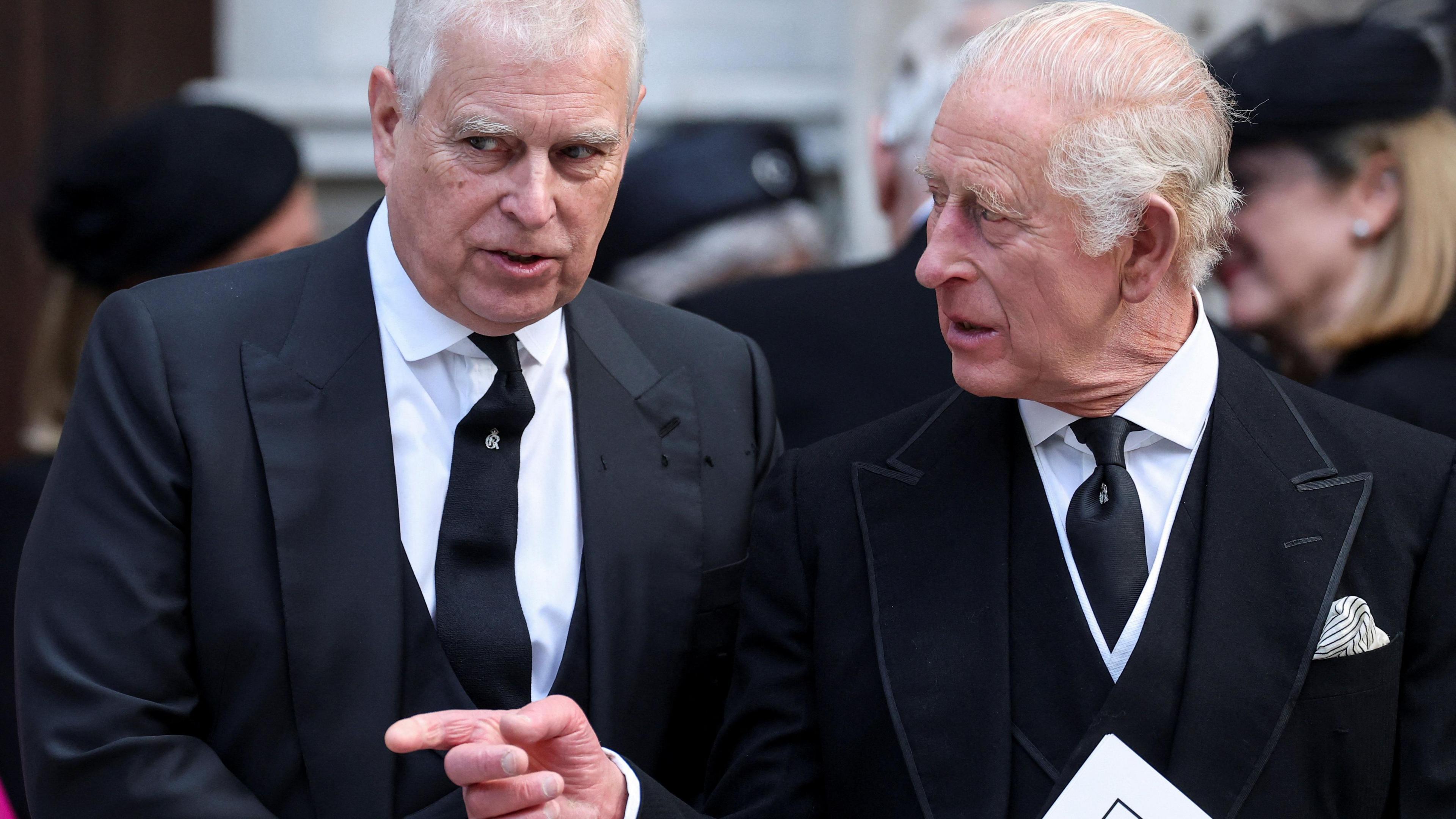
Andrew and King Charles at the funeral of the Duchess of Kent in September 2025
Andrew Mountbatten Windsor - as he will be known - is the second son of the late Queen Elizabeth.
He was stripped of his "prince" title and asked to leave his Windsor estate mansion, Royal Lodge, following intense scrutiny over his links to convicted sex offender Jeffrey Epstein.
Andrew had already given up other royal titles, including the Duke of York.
In a posthumous memoir published in October 2025, Virginia Giuffre repeated allegations that, as a teenager, she had sex with Andrew on three separate occasions. Andrew has always denied the claims.
In a BBC Newsnight interview in 2019, Andrew said he had no recollection of ever meeting Ms Giuffre.
In February 2022, he paid an undisclosed sum to settle a civil sexual assault case which Ms Guiffre brought against him in the US.
Andrew is expected to live on the Sandringham Estate, which is privately owned by the King. He will no longer be called His Royal Highness, but will still be eighth in line to the throne.
His ex-wife Sarah Ferguson - who lost her Duchess of York title earlier in October - will also move out of Royal Lodge.
Their daughters Beatrice and Eugenie remain princesses, and also keep their places in the line of succession.
Who else is in the Royal Family?
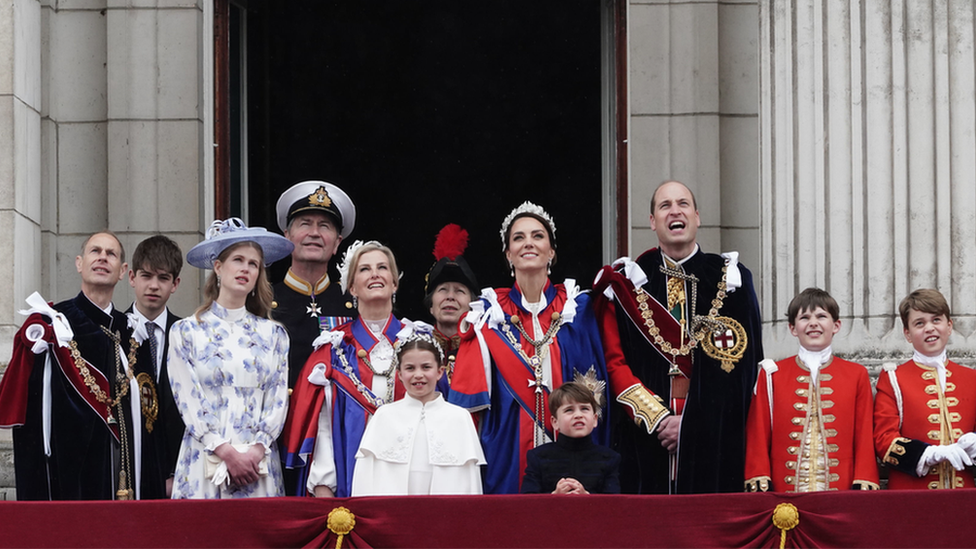
Prince William is the elder son of King Charles and his first wife, the late Princess Diana. After the death of Queen Elizabeth II, he became the Prince of Wales and Duke of Cornwall while retaining his previous Duke of Cambridge title. He is married to Catherine, Princess of Wales and Duchess of Cornwall and Cambridge. They have three children: Prince George, Princess Charlotte and Prince Louis
The Princess Royal (Princess Anne) was the Queen's second child and only daughter. She is married to Vice Admiral Timothy Laurence and has two children with her first husband, Captain Mark Phillips: Peter Phillips and Zara Tindall
The Duke of Edinburgh (Prince Edward) was the Queen's youngest child. He is married to the Duchess of Edinburgh (Sophie Rhys-Jones). They have two children: Lady Louise and James, Earl of Wessex
The Duke of Sussex (Prince Harry) is William's younger brother. He is married to the Duchess of Sussex (Meghan Markle). They have two children: Prince Archie and Princess Lilibet. In 2020, they announced they were stepping back as senior royals and moved to California
How does succession work and who is King Charles's heir?
The order of succession sets out which member of the Royal Family takes over as monarch when the existing one dies or abdicates.
First in line - the heir to the throne - is the monarch's eldest child. Sons no longer take precedence over their older sisters.
King Charles's heir is his elder son William, the Prince of Wales.
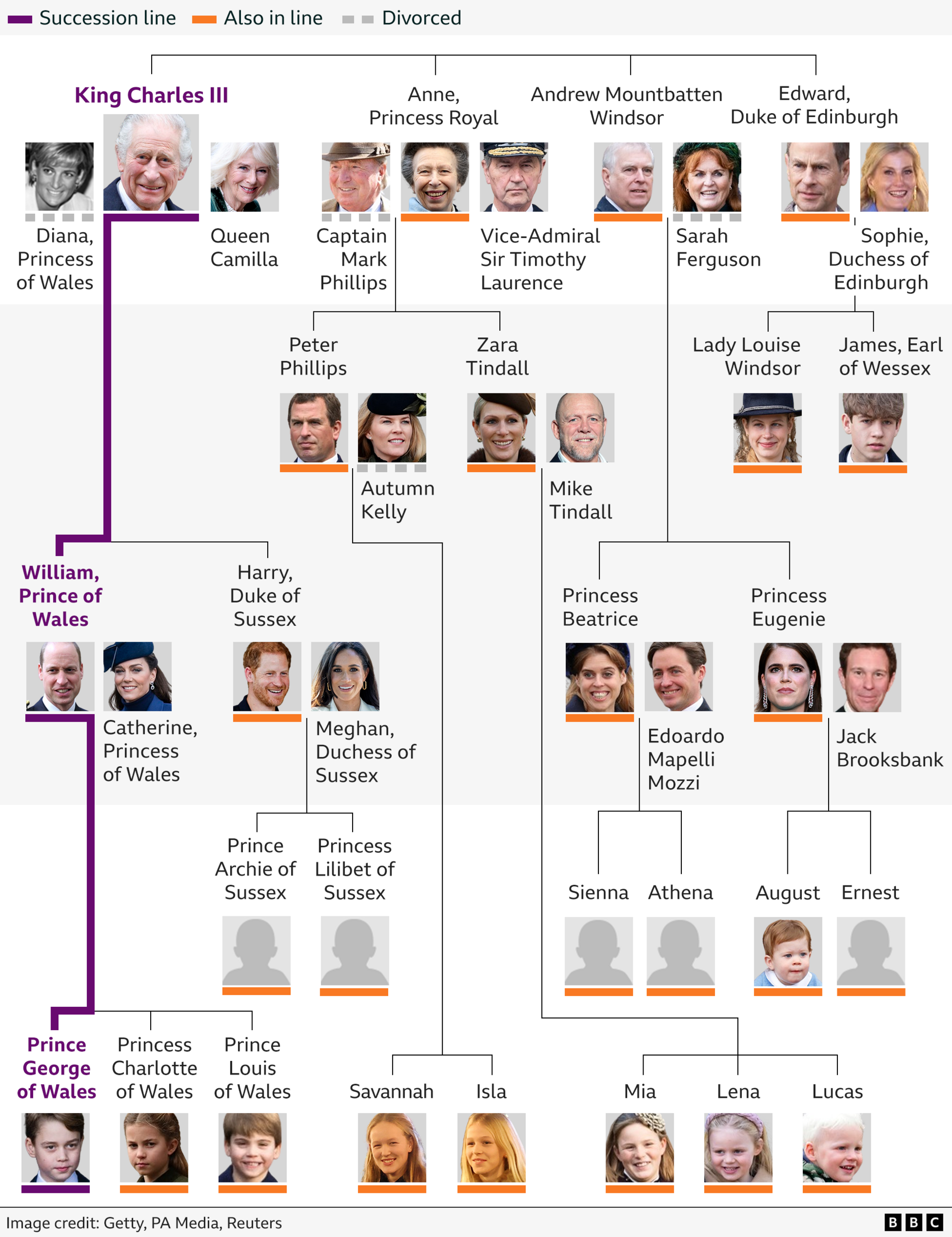
William's eldest child Prince George is second-in-line to the throne, and his daughter Princess Charlotte is third. Her younger brother Prince Louis is fourth and Prince Harry is fifth.
Prince Andrew remains eighth in the line of succession.
Where does the Royal Family get its money?
The Royal Family receives an annual payment from the Treasury, known as the Sovereign Grant, external, which is used to pay for official expenses, such as the upkeep of properties and staff costs.
The amount of public funding is calculated as a proportion of the profits of the Crown Estate, external, a £15bn property business which is independently run.
When it was introduced in 2012, the Sovereign Grant was initially set at 15% of Crown Estate profits, but in 2016 this was increased to 25% to cover the cost of a 10-year £369m programme to modernise Buckingham Palace.
The percentage has since reduced to 12% but an increase in Crown Estate profits from assets including offshore wind farms means the cash value of the grant has grown.
In 2012, the Sovereign Grant was worth £31m a year. By 2021-22, this had increased to £86.3m, and it remained at this level until 2024-2025.
But it rose to £132m in 2025-26 - even under the reduced formula.
Buckingham Palace said the big increase was due to the element of the grant that pays for the building works, rather than the "core" grant which covers other running costs.
It told the BBC that "it has always been anticipated that the level of the Sovereign Grant will drop once the project is completed" in 2026-27.
In July 2024, the National Audit Office said the programme had been well-run and delivers "good value for money", external.
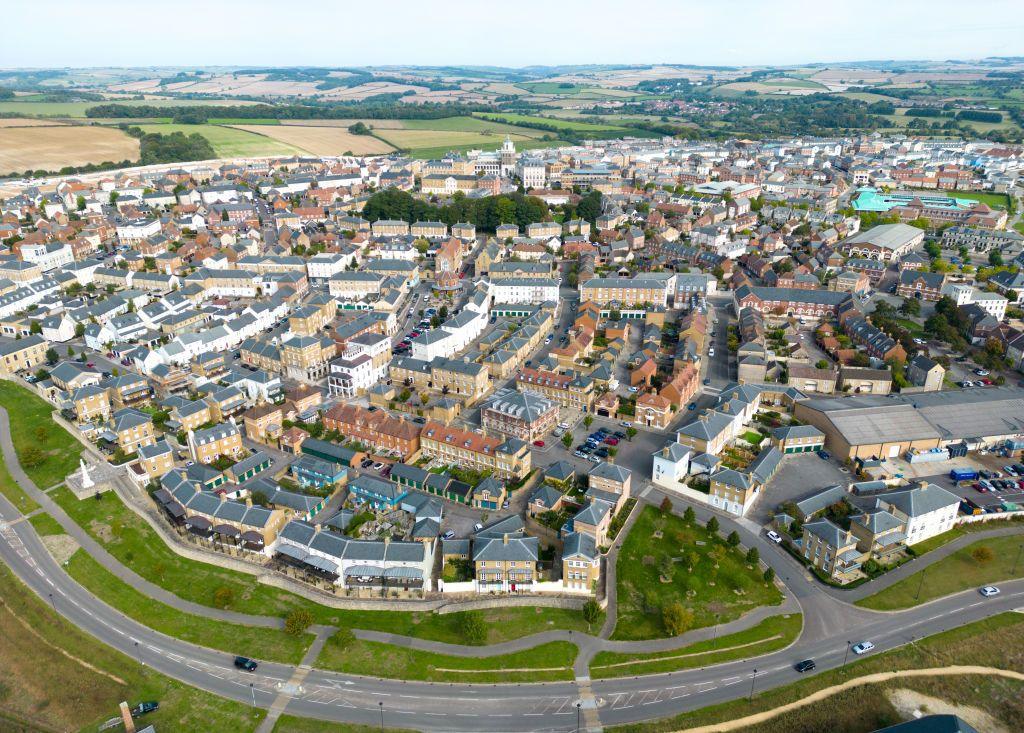
The property owned by the Duchy of Cornwall - including Poundbury, on the outskirts of Dorchester in Dorset - passed to William when he succeeded his father as Prince of Wales when Charles became King
The King also receives money from a private estate called the Duchy of Lancaster, external, which is passed down from monarch to monarch. It covers more than 18,000 hectares of land, including property in central London.
Worth £679m, it generated a surplus of £24.4m in the year to 31 March 2025.
The Duke of Cornwall (currently William, Prince of Wales) benefits from the Duchy of Cornwall, external, which mainly owns land in the south-west of England.
Worth £1.1bn, it generated a net surplus of £22.9m in the year to 31 March 2025.
The King and William receive the profits from the duchies personally, and can spend the money as they wish. Both voluntarily pay income tax on the proceeds.
Some Royal Family members have private art, jewellery and stamp collections which they can sell or use to generate income as they wish.
Where do the Royal Family live?
Buckingham Palace is the official headquarters of the monarchy.
But during the renovation programme, the King and Queen actually live in a number of residences, including Clarence House in London and Highgrove in Gloucestershire.
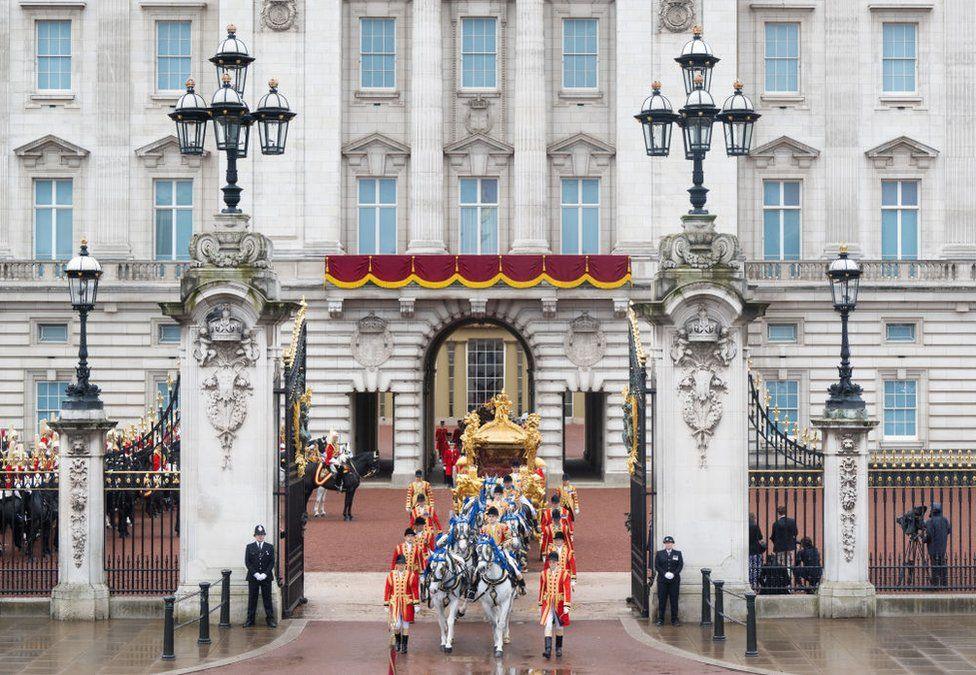
Buckingham Palace is still used for official functions and events during the restoration project
Other Royal residences, external include Windsor Castle, Sandringham in Norfolk, the Palace of Holyroodhouse in Edinburgh and Balmoral Castle in Aberdeenshire.
In August 2022, the Prince and Princess of Wales moved from Kensington Palace in west London to live in Adelaide Cottage, on the Windsor Estate.
When they stepped down as senior royals in 2020, the Duke and Duchess of Sussex moved to California, where they live with their two children.
How did King Charles's cancer diagnosis change his public duties?
King Charles was diagnosed with an unspecified form of cancer in February 2024, and began treatment shortly afterwards.
Although he withdrew from public events in the weeks after his cancer was revealed, the King carried on his constitutional role as head of state, completing paperwork and holding private meetings.
His weekly sessions with the prime minister also continued.
He resumed his public duties at the end of April 2025, when he visited a cancer treatment centre with Camilla.
Watch: King smiles and waves as he returns to public duties
What happened at the Coronation?
Charles became King on the death of his mother, Queen Elizabeth II, on 8 September 2022.
On 6 May 2023, Charles and Camilla were crowned by the Archbishop of Canterbury in front of more than 2,000 guests, including global politicians, fellow kings and queens, religious leaders, celebrities and community champions.
Watch King Charles III be crowned
Crowds lined the streets of central London to watch the King and Queen return to Buckingham Palace in a mile-long procession.
A number of protesters were arrested ahead of the ceremony, including the leader of anti-monarchy group Republic.
Two months later, the King was presented with the Scottish crown jewels, in a special service of thanksgiving at St Giles's Cathedral, in Edinburgh.
Some protesters chanted "not my king" before the service.
How popular is the Royal Family?
A 2023 YouGov opinion poll of more than 2,000 adults in Britain ahead of the first anniversary of Queen Elizabeth's death suggested a sharp generational divide.
Overall, 62% wanted to keep the monarchy, with 26% backing an elected head of state - up from 17% a decade earlier.
But while 80% of the over-65s supported the monarchy, only 37% of 18-to-24-year-olds agreed.
There was also less support for the royals in Scotland or Wales than in England.

Sign up here to get the latest royal stories and analysis every week with our Royal Watch newsletter. Those outside the UK can sign up here.